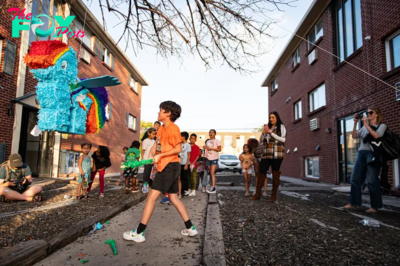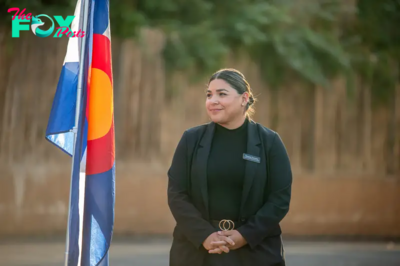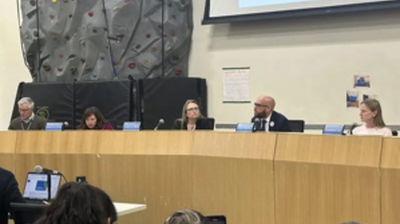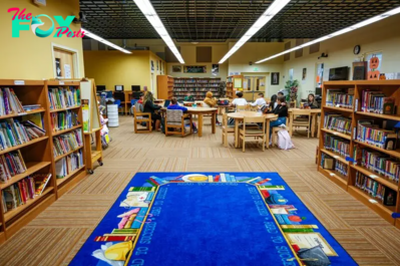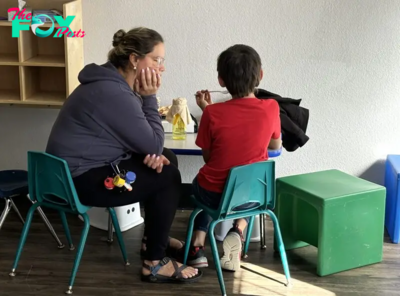Education
How did kids in your Colorado school and district perform on standardized tests? This map breaks it down.
New student test data released Thursday by the Colorado Department of Education gives educators, school and district leaders and state officials a deeper look into where students are rebounding in reading and math coming out of the pandemic.
The detailed performance data — which illuminates how students in individual districts and schools fared on state standardized tests in the spring — builds on statewide results from CMAS, the PSAT and the SAT unveiled last week by CDE that pointed to a mix of good and bad news. Some grades performed better last spring than their peers before the pandemic, but serious achievement gaps continue to hold some students back.
The new data captures both student proficiency in districts and schools — meaning the percentage of students who met or exceeded state expectations in reading and math — and student growth, which measures how much progress students show from one school year to another compared to their classmates.
You can check out how your school and district performed on reading and math last spring as well as each year since the 2018-19 school year by exploring the map created by the Keystone Policy Center for The Colorado Sun below.
Colorado schools have largely continued to inch forward in helping students overcome learning deficits from the pandemic, when schools immediately shifted to remote learning and spent the next few years unpredictably pivoting between in-person and online lessons.
In some parts of the state, districts have made notable gains in getting some of their most vulnerable students reaching and even exceeding state expectations in reading. That’s a top priority for educators, who widely agree students must know how to read by third grade, when their instruction takes a turn and they switch from learning to read to reading to learn.
Those districts include Calhan School District near Colorado Springs, where 45.3% of students who qualify for free and reduced-price lunch — a federal indicator of poverty — met or exceeded state standards in reading. The rural district far outpaced the statewide percentage of students qualifying for free and reduced-price lunch who met or exceeded state standards in reading — 26.4%.
So did Cheyenne Mountain School District 12 in Colorado Springs, where 45.7% of kids qualifying for free and reduced-price lunch met or exceeded reading benchmarks.
Other districts whose students from low-income households outperformed the state in reading include:
- Liberty School District J-4 in Joes (70.6% of students on free and reduced-price lunch met or exceeded state reading expectations)
- Norwood School District in San Miguel County (50% of students qualifying for free and reduced-price lunch met or exceeded state reading standards)
- Sanford School District 6J in the San Luis Valley (49.5% of students qualifying for free and reduced-price lunch met or exceeded state reading standards)
- Sangre De Cristo Re-22J in Mosca (48.5% of students qualifying for free and reduced-price lunch met or exceeded state reading standards)
- Salida School District (47.7% of students qualifying for free and reduced-price lunch met or exceeded state reading standards)
- Peyton School District northeast of Colorado Springs (47.6% of students qualifying for free and reduced-price lunch met or exceeded state reading standards)
- Idalia School District RJ-3 on border with Kansas (46.7% of students qualifying for free and reduced-price lunch met or exceeded state reading standards)
The high-stakes dash to get young kids reading at grade level
When Calhan students who need an extra hand learning how to read gather in small groups, much of the time they’re wiggling around or racing one another rather than sitting still.
It’s not a distraction but rather a way to help words better stick with each student, said Megan Lightner, a reading interventionist for Calhan elementary schoolers.
And it’s working, as many Calhan students — including those living in poverty — have proved they are proficient in reading.
Still, Lightner said her district of about 420 students continues to see lingering struggles from the pandemic shaping young readers, who in recent years often became confused about how to form vowel sounds while trying to learn from teachers wearing masks.
Difficult behaviors have also inhibited some students from making leaps in literacy, she noted, as educators have had to drill down to the basics of how to learn in a classroom.

“Reading requires quite a bit of your focus to be able to read proficiently,” said Lightner, who has been coaching Calhan elementary students for three years. “And what I think a lot of us notice is a lot of the kids just don’t have a lot of grit as far as like, ‘I have to sit here and do this task for this long.’”
The stakes to get students reading on grade level in the earliest grades are particularly high: Once past first grade, only one in eight kids will catch up in reading if they’re not caught up by first grade, Lightner said.
“So it’s like by the time they get to fourth, fifth grade, you’re like trying to turn around a semi versus let’s focus on these couple little things and it’ll probably all start to click,” she said. “If they’ve been behind all through elementary, it’s almost impossible to get them up to grade level by the time they’re in fourth or fifth grade.”
One strategy that has made a difference has involved folding students’ families into the learning process in Calhan, where last year 56% of kids qualified for free and reduced-price lunch. Lightner regularly meets with families of students falling behind in reading so she can keep them updated on their child’s progress and offer them ways to work on literacy at home and prioritize reading every day.
She also works to inject as much fun as she can into her reading groups, turning her lessons into lively games. Sometimes, students jump onto scooters and race each other toward cones labeled with words.
-

 Education2d ago
Education2d agoPhiladelphia students have a new reading and writing curriculum − a literacy expert explains what’s changing
-

 Education2d ago
Education2d agoWhy school police officers may not be the most effective way to prevent violence
-

 Education5d ago
Education5d agoCampus diversity is becoming difficult to measure as students keep their race and ethnicity hidden on college applications
-

 Education6d ago
Education6d agoFederal judge rules that Louisiana shalt not require public schools to post the Ten Commandments
-
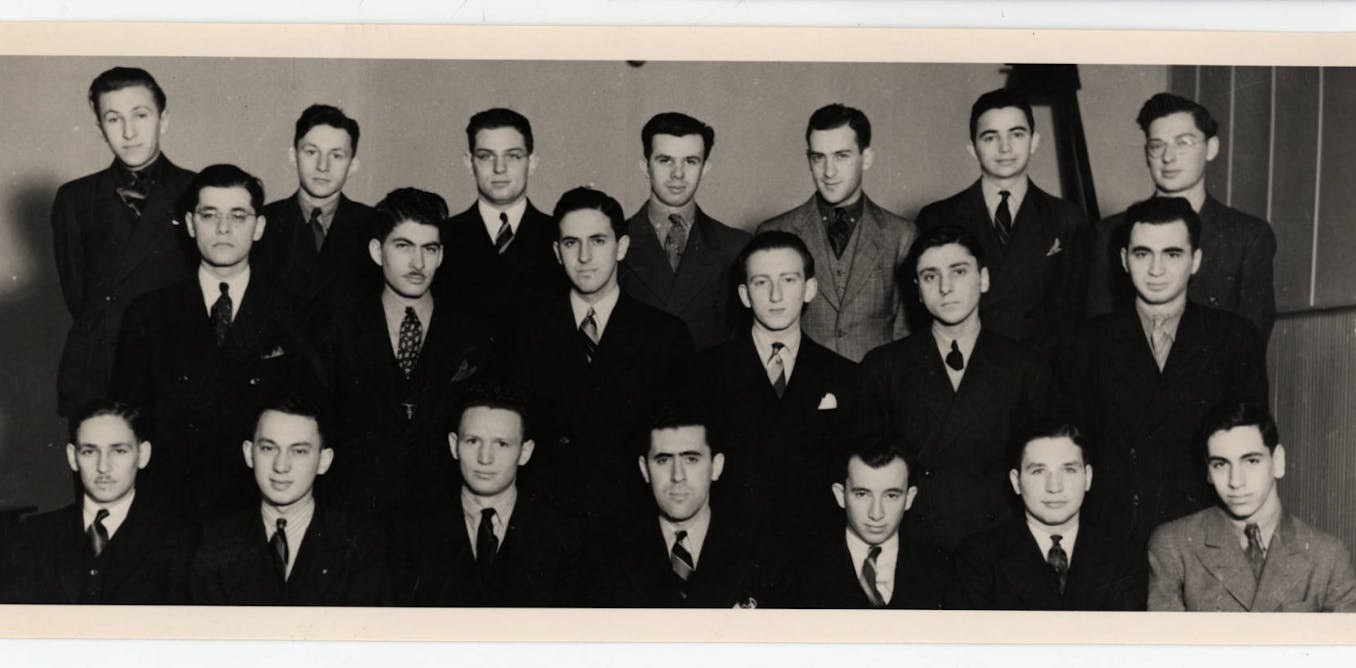
 Education6d ago
Education6d agoCampuses are ground zero in debates about antisemitism − but that’s been true for 100 years
-

 Education1w ago
Education1w agoSocioeconomic status explains most of the racial and ethnic achievement gaps in elementary school
-

 Education1w ago
Education1w agoMothers, metaphors and dyslexia: What language reveals about the challenges of a child’s learning disability
-

 Education1w ago
Education1w agoBrain-training games remain unproven, but research shows what sorts of activities do benefit cognitive functioning
